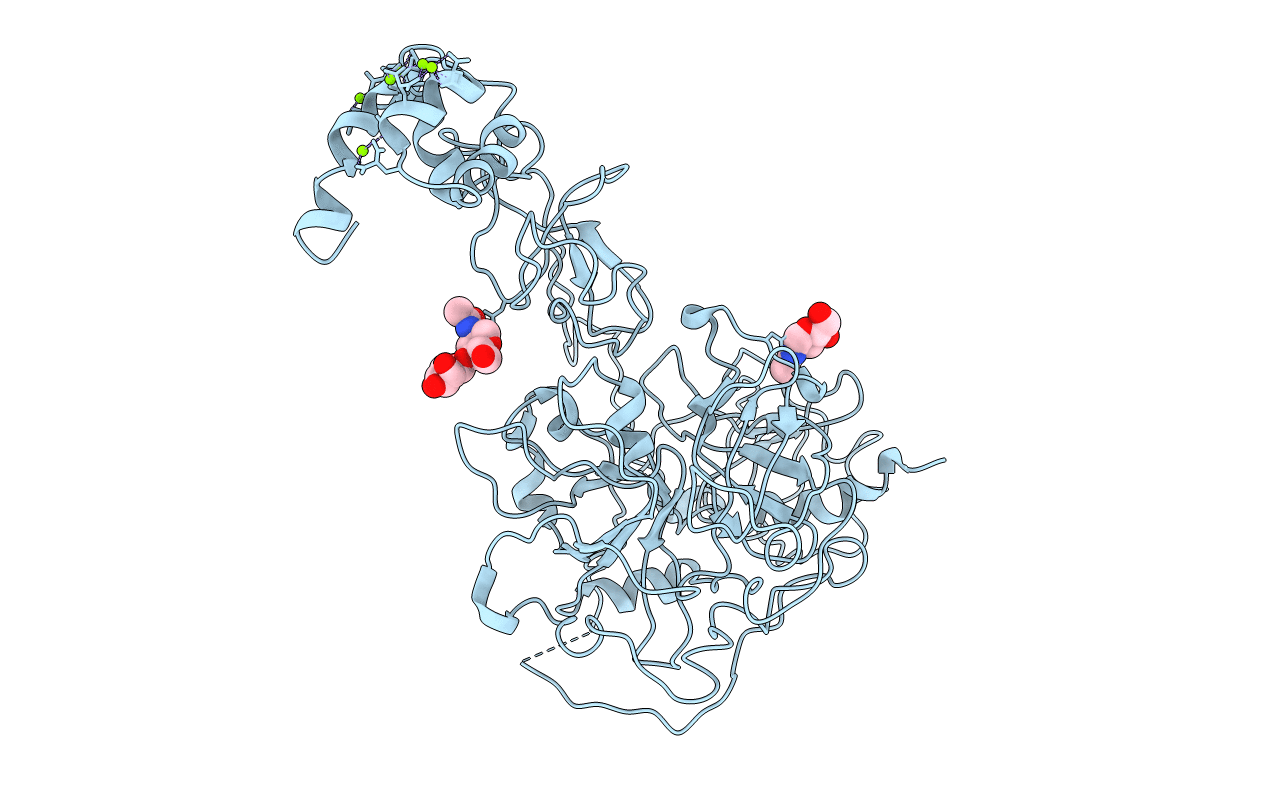
Deposition Date
2017-11-06
Release Date
2018-06-27
Last Version Date
2023-11-15
Method Details:
Experimental Method:
Resolution:
6.00 Å
R-Value Free:
0.29
R-Value Work:
0.23
R-Value Observed:
0.23
Space Group:
C 2 2 21


